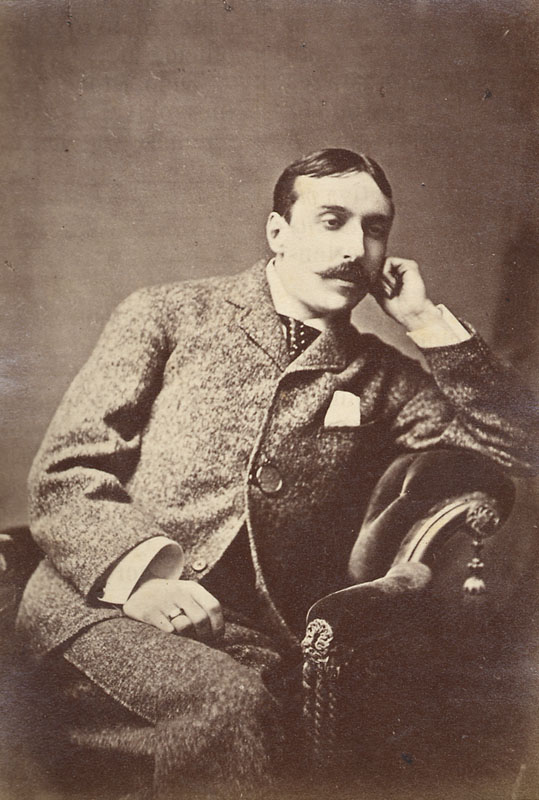We hope you’ll join us for Portugal: Poised Between Proud Tradition and Global Modernity in October 2016. There are so many reasons to visit Western Europe’s westernmost country, and in this post we present our top five. Portugal is small in size but offers such diversity of landscape, architecture, music, food and wine, and literature and poetry.
Reason #5: The university city of Coimbra. It’s all here—Roman ruins, castles from the days of Muslim rule, an extraordinary baroque library, and lots of great food and lively music.

Reason #4: fado. This expressive music full of “saudade” (yearning) has two distinct styles. On our Travel Pursuit we’ll attend a traditional performance in the Coimbra style. Listen to Amália Rodrigues, Portgual’s “Queen of Fado,” sing “Estranha forma de vida” (Strange Way of Life).

Our #3 reason to visit Portugal is Lisbon. New York Times columnist Frank Bruni doesn’t expect much from Lisbon but, as he writes, “the city had other ideas.” We’ll explore Lisbon in true Classical Pursuits style, taking our time to absorb the city.

A cornerstone of Travel Pursuits is sharing conversation over good meals. Our trip to Portugal will be no exception. Seafood, bread, rich desserts, and big red wines are all highlights of Portuguese cuisine. Our reason #2 to visit Portugal is great food and wine. But there’s no need to wait to try some of these. The Chicago Tribune gets you started with some wine for winter.

And our #1 reason to visit Portugal: the writer Jose Maria de Eça de Queiroz. Called Portugal’s Dickens, Flaubert, Balzac, or Tolstoy, this author paints a picture of the 19th century that mixes romanticism and realism. Our book The Maias, is a masterpiece of novel that’s been brilliantly translated by Margaret Jull Costa. We hope you will read it and join us in Portugal in October 2016. Até a próxima!

Photo credit of Amália Rodrigues: Nationaal Archief Fotocollectie AnefoCreative Commons


